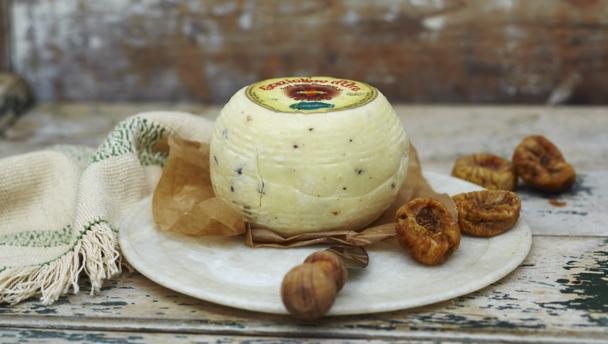

Pecorino is the Italian name for ewes’ milk cheese, so in theory the term covers a wide range of varieties from around the country. In practice, however, it is generally used more specifically to refer to hard ewes’ milk cheeses from central Italy and the island of Sardinia. Although young, fresh pecorinos can be found, you are more likely come across aged examples, which are used as much as parmesan further north. Most pecorinos are heavily salted.
 Tagliatelle with cavolo nero, chickpeas and pecorino
Tagliatelle with cavolo nero, chickpeas and pecorino
 Roasted red pepper and tomato cannelloni
Roasted red pepper and tomato cannelloni
 Stuffed marrow
Stuffed marrow
 Red lentil and aubergine moussaka
Red lentil and aubergine moussaka
 Flaounes
Flaounes
 Fried aubergine with fennel yoghurt
Fried aubergine with fennel yoghurt
 Vegetarian haggis stuffed mushrooms
Vegetarian haggis stuffed mushrooms
Pecorino Romano is the most common type of pecorino. Fiore Sardo is a variety of pecorino from Sardinia, made using a rennet derived from wild flowers. The aromatic Pecorino delle Crete Senesi comes from Tuscany, and is coated with tomato paste; Pecorino Toscano is a milder, tomato-less version. Pecorino Siciliano Canestrato comes in various forms, including the fresh Tuma, a half-ripened version (called Primusali), and a mature one suitable for grating. Pecorino dolce is a lightly salted example of the cheese, and is usually eaten fresh.
Aged pecorinos are suitable for grating over pasta, soups and other hot dishes.
Article by Felicity Cloake
Type the ingredients you want to use, then click Go. For better results you can use quotation marks around phrases (e.g. "chicken breast"). Alternatively you can search by chef, programme, cuisine, diet, or dish (e.g. Lasagne).